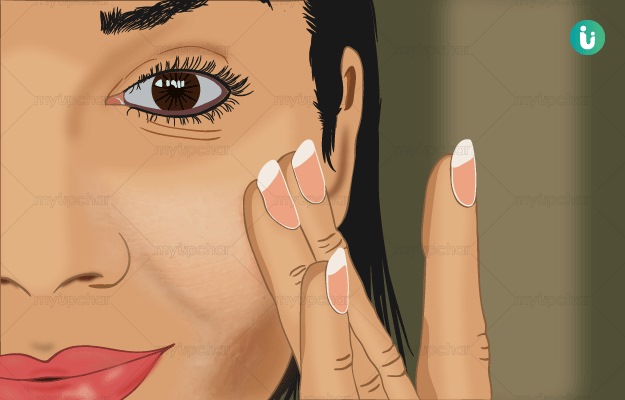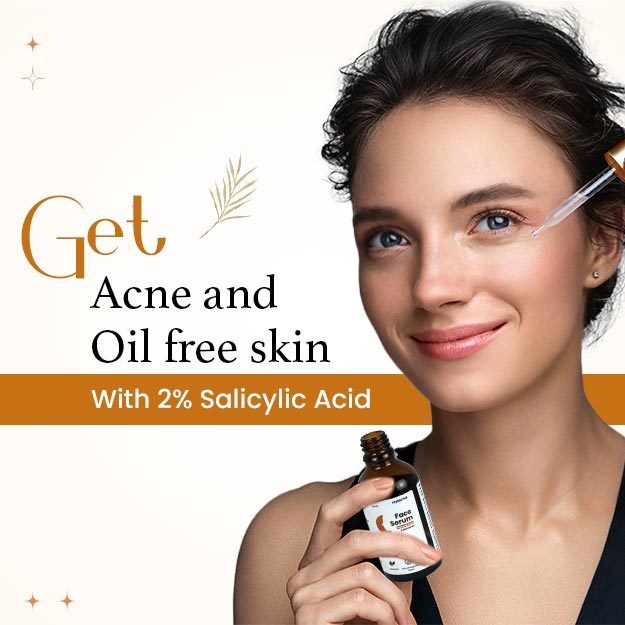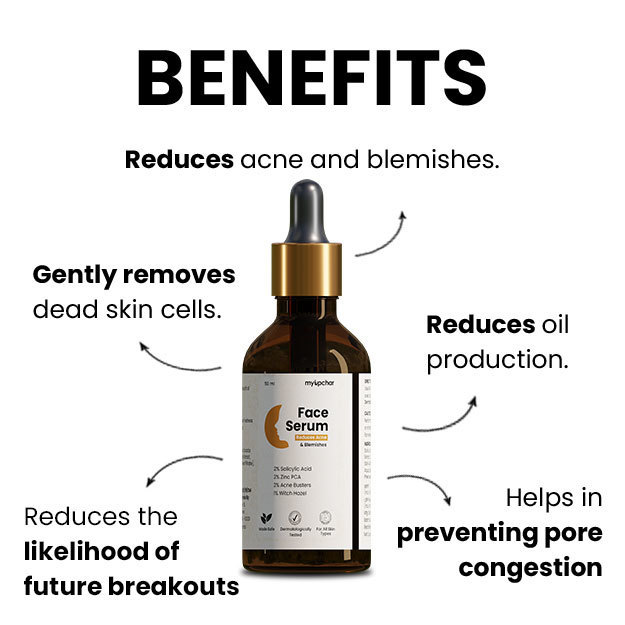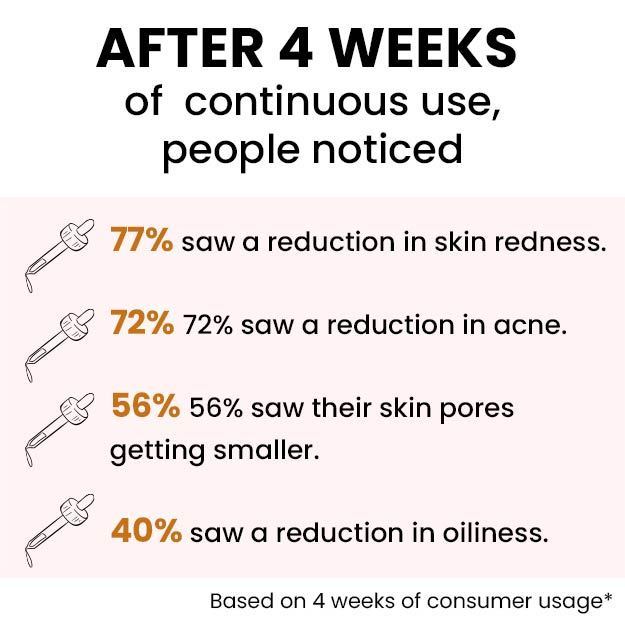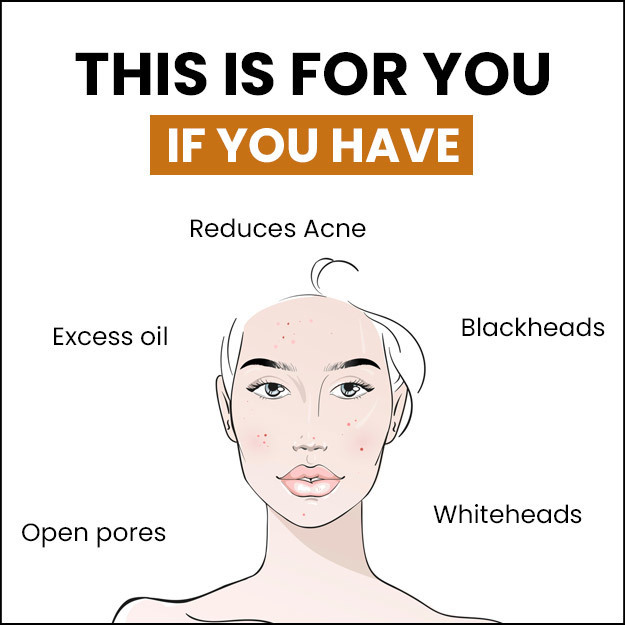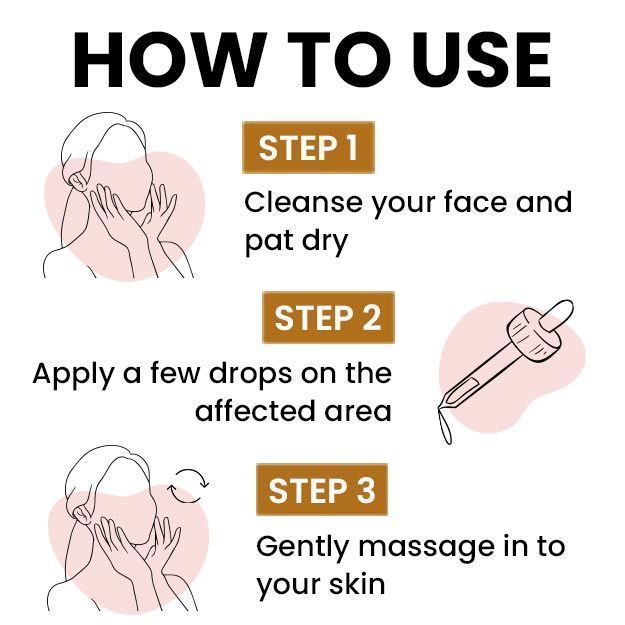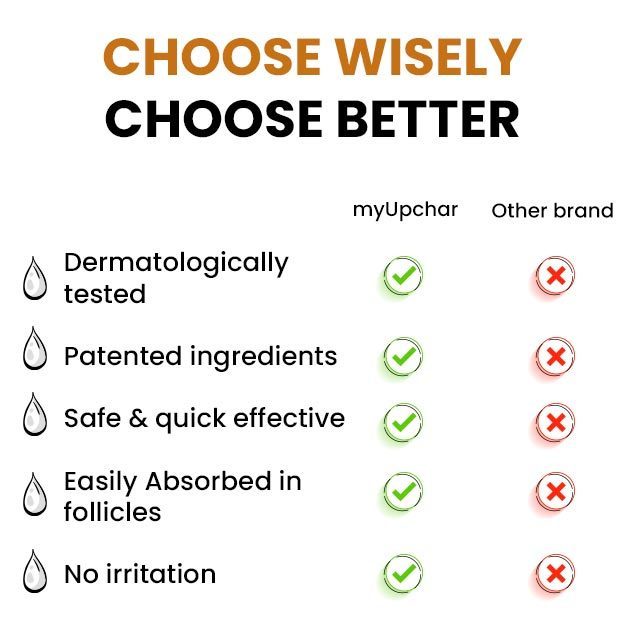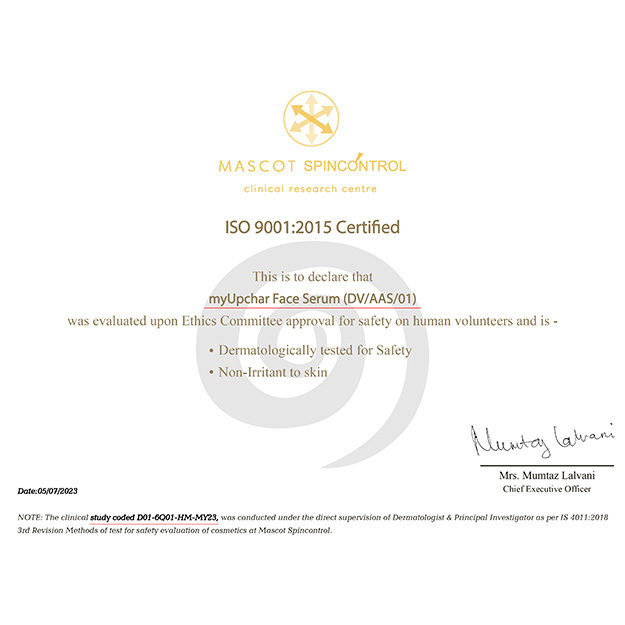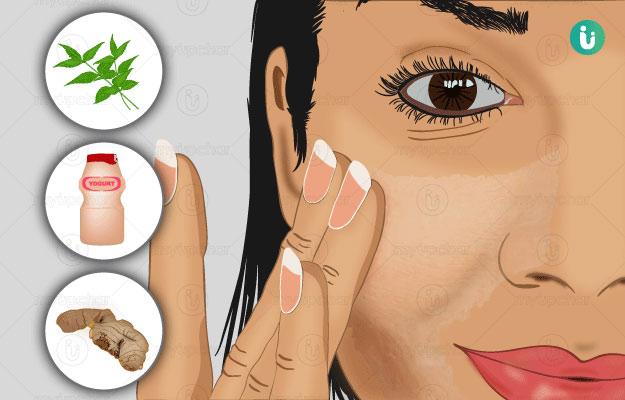Skin is the biggest organ in the human body, even though many of us may not think of it as one. It is made up of three layers and the upper/outermost layer of skin is called the epidermis. This layer acts as a protective barrier - keeping unwanted or harmful things (like bacteria and viruses) from entering and essentials like nutrients and water from exiting the body.
The second layer, dermis, contains sebaceous glands that produce an oily substance called sebum. Sebum is what helps the skin retain water and stay lubricated. Reduced levels of water in the epidermis can cause dry skin. Of course, you could be born with dry, combination or oily skin. It's important to know your skin type, to follow the proper care regimen for healthy glowing skin.
Unless you moisturise, dry skin may have a grey-ish, dull appearance instead of your usual healthy glow. Dryness can cause your skin to become itchy and it may even start to flake and peel a little. You may notice some fine lines, tightness and cracks on your skin. In extremely dry skin, these symptoms can be more severe, for example, cracks in the skin that start to bleed.
Dry skin is usually temporary and can be fixed easily. It is often caused by external factors like dry or cold weather, which is why most of us feel the need for extra skincare around that time. It can also be a sign of underlying health issues so you shouldn’t ignore it if it doesn’t get better soon.
Tips to manage dry skin
With growing age, one becomes more likely to have dry skin. If you’re exposed to dry air or to water, it may make you more prone as well. There are a few steps you can take to keep your skin hydrated and maintain the balance of natural oils.
1. Apply a good moisturiser all over your body daily. Do it right after your shower and not when your skin is already dry.
2. Shower with lukewarm water or at least limit your showers to 5-10 minutes. The longer your skin stays in contact with water, the drier it will get.
3. Massage your skin with argan oil, olive oil or coconut oil while it’s still wet. Do this twice a week and you’ll notice a difference in how your skin feels. You can also add a few drops of essential oil for added benefits.
4. Use a humidifier in your room so your immediate environment isn’t too dry and actually provides moisture instead.
5. Limit scrubbing to once a week. If you notice that it is still making your skin dry, stop doing it completely for a while.
6. Don’t rub your skin too harshly with a towel while drying. Pat dry or dabbing is more suitable, for all skin types.
7. Use a milder soap that doesn’t strip your skin of natural oils completely. You may even want to consider soap-free cleansers which are easily available online as well as in stores.
8. Visit a dermatologist if your skin doesn’t show signs of improvement. It may seem like a small problem but has the potential of becoming worse with time.

